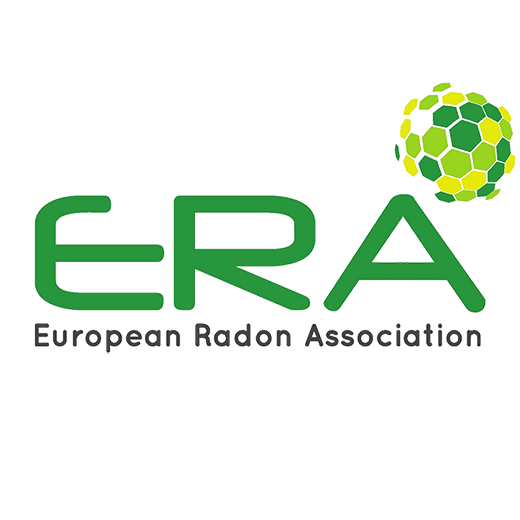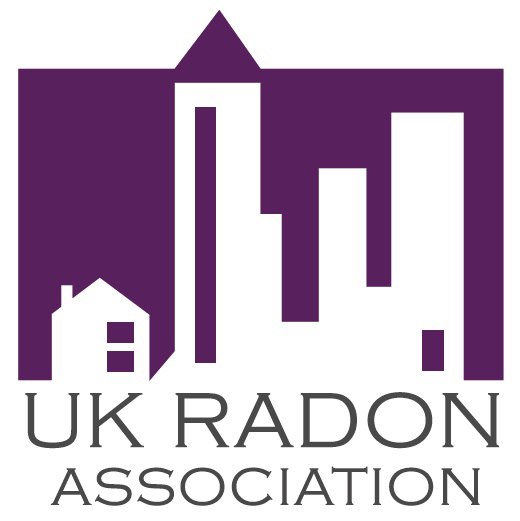About radon
General information about radon
Radon is an invisible, odourless and tasteless radioactive gas. It exists naturally in most rocks and soils from where it can migrate up, through the ground, through foundations, into buildings. Radon is also emitted from certain building materials fabricated from rock having naturally high uranium content. High amounts of radon can also be found in water, particularly water originating from a well or underground source.
The amount of radon in a building varies with the seasons. These variations are dependent on the outdoor temperature and wind conditions. The amount of radon also varies during day and night and from room to room. It is dependent on how the ventilation system works and how often the room is given an airing. To get a accurate value of the radon concentration it is therefore important to measure the amount of radon during a relatively long period, during at least two months.
Why should I bother about radon?
It is proved that radon can cause cancer. Radon is for example the most important cause of lung cancer after smoking and is estimated to cause between 3% and 14% of all lung cancers, depending on the average radon level in the country.
Measuring radon in air
The only way to determine the amount of radon in indoor air is to perform a measurement. The most common measuring method uses alpha track detectors. For this method, the detector is a small piece of special plastic or film inside a small container. Air being tested diffuses through a filter covering a hole in the container. When alpha particles from radon and its decay products strike the detector, they cause microscopic damage tracks. At the end of the test the container is sealed and returned to a laboratory for reading.
The plastic or film detector is treated to visualise the damage tracks which can then be counted using a microscope or optical reader over a predetermined area are counted using a microscope or optical reader. The number of tracks counted per unit area is used to calculate the radon concentration of the site tested. Exposure of alpha track detectors is usually 2 to 6 months to give a cumulative radon concentration reading. As such, alpha track detectors may be exposed for shorter lengths of time if higher radon concentrations are anticipated.
Our method
The detectors we use are track etch detectors, made from a special plastic film placed inside an antistatic holder of the Radtrak3®, Duotrak® or Rapidos® type. After being etched, the tracks are counted in our state-of-the-art image scanner. Based on this value and taking into account background and calibration factors, exposure is calculated.
Limits regarding radon gas
Action levels differ between countries but the WHO recommend a national annual average concentration reference level of 100 Bq/m3, however if this level cannot be achieved under the prevailing country-specific conditions, the reference level should not exceed 300 Bq/m3.
Read more about radon in the world:
| International | WHO IAEA |
| Europe | ERA |
| USA | AARST |
| Canada | CARST |
| Sweden | SSM |
| Austria | BMLFUW |
| Switzerland | BAG |
| Germany | Bundesamt für Strahlenschutz |
| Ireland | EPA |
| Great Britain | PHE |
| Denmark | Sundhedsstyrelsen |
| Finland | STUK |
| France | ASN |
| Spain | CSN |
| Belgium | FANC |



